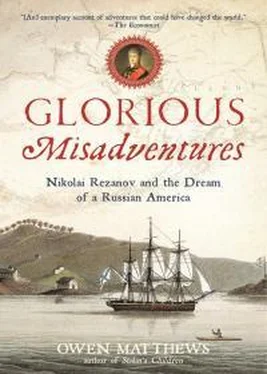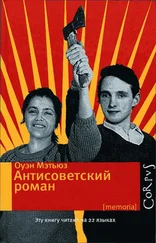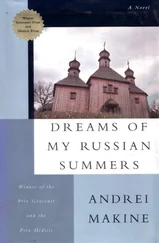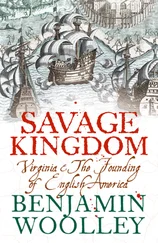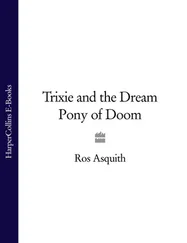
To Xenia, Nikita and Teddy
Like all of us sinners, General B. was endowed with many virtues and many defects. Both the one and the other were scattered through him in a sort of picturesque disorder. Self-sacrifice, magnanimity in decisive moments, courage, intelligence – and with all that, a generous mixture of self-love, ambition, vanity, petty personal ticklishness, and a good many of those things which a man simply cannot do without.
—Nikolai Gogol, ‘Dead Souls’
Contents
Russia in 1794
The North Pacific, 1806
Prologue
Introduction
1 Man and Nature
2 The Final Frontier
3 The Court
4 The King of Siberia
5 A Nabob in St Petersburg
6 To China
7 Empire Builder
8 Tsar Paul
9 Russia’s East India Company
10 From Newgate to Brazil
11 Cape Horn to the Court of the Hawaiian King
12 Nangasac
13 Humiliation
14 The Voyage of the Maria
15 Baranov
16 Hunger, Disease, Shipwreck and Death
17 Conchita
18 Love and Ambition
19 I will never see you – I will never forget you
20 The Weeping Country
Epilogues
Notes
Select Bibliography
Acknowledgements
Image section 1
Image section 2
A Note on the Author
By the Same Author
Russia in 1794
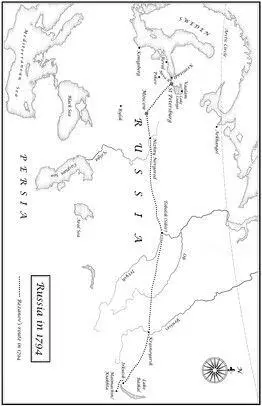
The North Pacific, 1806
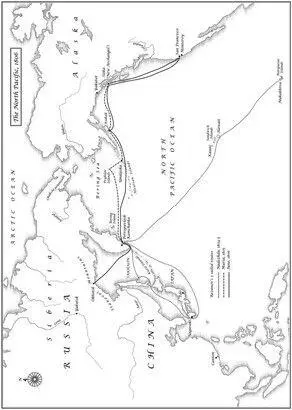
Prologue
O, Russian Columbuses, scorning a grim Fate;
Between the mounts of Ida will open a new path to the East;
And we will plant our State on America’s shores . . .
Mikhail Lomonosov, Russian Columbuses , 17471
This Mister Rezanov was a dynamic fellow, hot tempered, a dedicated scribbler, a talker, with a head more inclined to making castles in the air in his study than to making great deeds come true in the world.
Captain Vasily Golovnin2
On a warm spring evening in May 1806, a betrothal was celebrated in the tiny fort of San Francisco, the northernmost outpost of Spain’s American empire. The single-storey adobe governor’s house, with its sweeping views over the bay, was decorated with wildflowers.3 Fresh straw had been strewn on the floor and honey cakes and sweet yellow wine set out for the guests. Tacked to the wall of the small reception room was a pair of flags. One was the newly designed red and yellow ensign of the empire of New Spain. The other, somewhat weather-beaten, was the red, white and blue civil flag of the Russian Empire.4
The bride-to-be was the governor’s fifteen-year-old daughter, Doña María de Concepción Marcella de Arguello, a ‘bright-eyed angel’5 known to her family as Conchita. She wore a robe of white homespun cotton.6 The groom was a tall Russian with a severe face and cropped hair, prematurely grey for his forty-two years.7 His name was Nikolai Petrovich Rezanov, widower, a nobleman of the Russian Empire and master of a fur trading empire that extended from the Urals to Alaska. He wore the dark green uniform of a chamberlain to Tsar Alexander I. At his throat was the white cross of a commander of the Order of Malta, worn by the favourites of Alexander’s recently murdered father, Tsar Paul. On his chest was the diamond-encrusted star of the Order of St Anne first class, a sign of the Russian emperor’s high favour.
Rezanov was a wealthy man, with powerful friends at court. But here in California he was also a desperate man, with madness hatching within him. Three years at sea had battered him. He had failed utterly in the primary task with which his emperor had entrusted him: an embassy to Japan to open trade with the hermit nation. He had become morbidly conscious of his own status and dignity, and donned his decorations like armour. Rezanov had also become volatile, a bully and a martinet. He wept when making patriotic toasts in honour of the emperor and played lyrical pieces on his violin, yet he did not hesitate to tell his fellow officers to go screw their mothers. He had spent much of the voyage furiously bickering, scheming and denouncing his colleagues, and his shipmates returned the favour by devoting pages of their diaries to castigating him. They called him an ‘ignoramus,’ an ‘arch rascal’8 and ‘the biggest scoundrel whom the D[evil] ever put into the world’,9 but some of them would and did follow him to the end of the earth.
Rezanov was also a charmer, a skilled diplomat and a gambler. California was the ultimate point in his long journey from the Russian imperial court, where he had spent much of his career, to the remotest wildernesses in the world. And it was here, on the barely explored north-east coast of North America, that he hoped to find redemption in the form of a great imperial coup that would restore him to the favour of the Tsar. And perhaps personal redemption too, in the form of a new life with Conchita, the ‘beauty of the Californias’.
The bride’s father, Don José Dario Arguello, commander of the San Francisco garrison, was a man from a very different world from Rezanov’s. He had been born a peasant in the pueblo of Santiago de Querétaro in modern-day Mexico. He was tall but dark-skinned, and through intelligence and determination he had risen through the ranks of the Spanish dragoons. As a twenty-eight-year-old sergeant he showed his mettle by taking command of a party of colonists after the murder of their officer and leading them to found a new settlement named for Nuestra Señora la Reina de los Ángeles.10 It was a humble little place, one of the poorest missions in California, but Don José Dario doubtless hoped that his settlement of Los Angeles might amount to something one day. Arguello was now fifty-three years old, a trusted servant of the empire of New Spain, a pious man deeply attached to his wife and thirteen surviving children.
Arguello clearly had mixed feelings about the proposed marriage. Rezanov had burst in upon his family’s quiet lives less than a month before in a battered American-built brig, his breath foul from scurvy and starving in his finery. In the intervening weeks he proceeded to turn Arguello’s carefully ordered world on its head. First the Russian busied himself with making friends with the local Franciscan friars and encouraging them to break the Spanish empire’s ban on trade with the outside world.11 He flirted with Arguello’s eldest daughter – perfectly respectably, always with a duenna present. Then, scorning all objections of rank, faith and politics, he proposed marriage to Conchita and the girl had immediately accepted. Though they had no common language other than Rezanov’s Frenchified, improvised Spanish, the Russian had clearly made an impression.
Of course he had. Rezanov was a professional courtier: he knew how to dazzle, and to charm, and to make himself indispensable. He had spent much of his life in St Petersburg, Europe’s most glittering court now that the French one at Versailles has been so rudely decapitated. He was by far the most impressive and worldly man that Conchita had ever met. Small wonder that she enthusiastically agreed to the Russian’s offer, even though it meant she would be taken to St Petersburg, half a world away. But to Arguello the betrothal meant that he would most probably lose his daughter for ever. Nor was Conchita’s suitor even a Roman Catholic.
Perplexed he might be by his fast-taking future son-in-law, but Comandante Arguello was determined to put on a good show for an event as momentous as his eldest daughter’s engagement. Dancing was arranged in the modest hall of his residence. A band of soldiers was assembled from among the fort’s forty-strong garrison, and they played the barrego , a courtly Spanish minuet, on violins and guitars. The Russians took their turn by playing English country dances. Rezanov performed on his fiddle and danced with his dark-eyed Conchita.
Читать дальше
